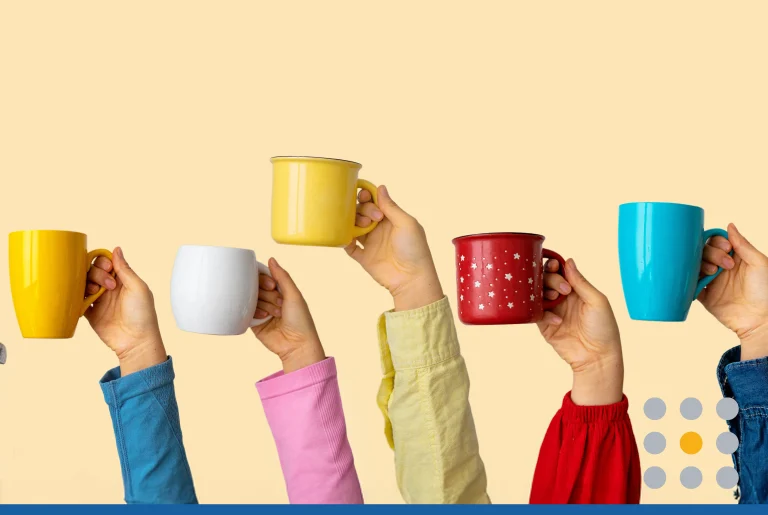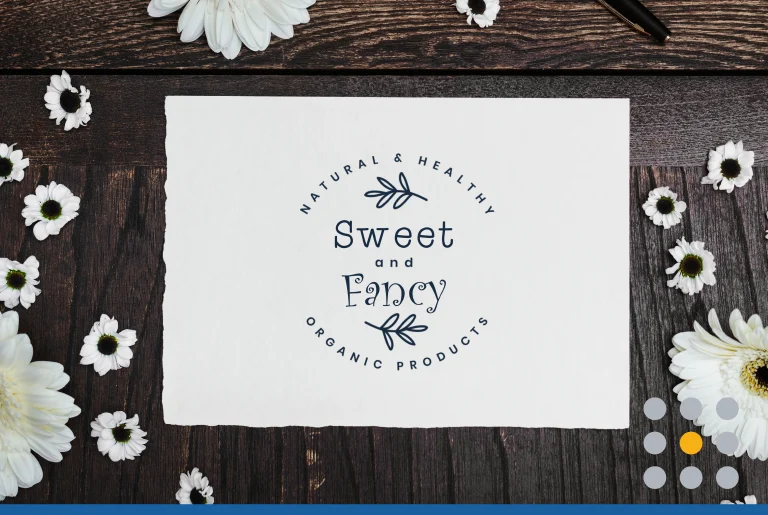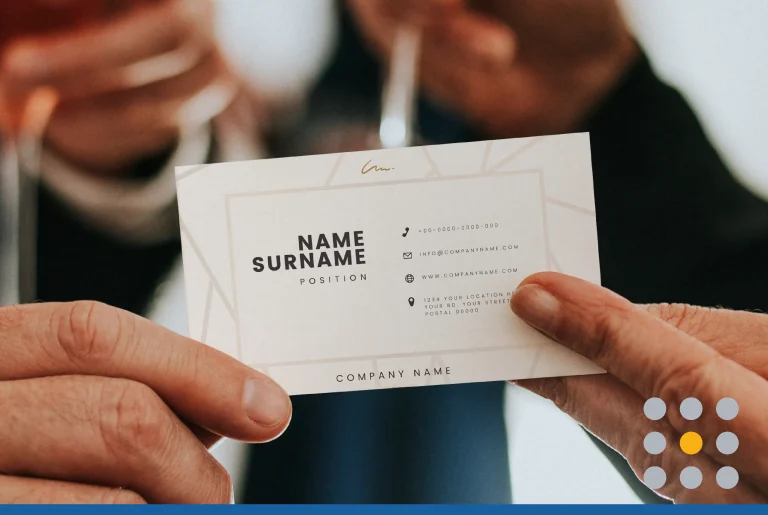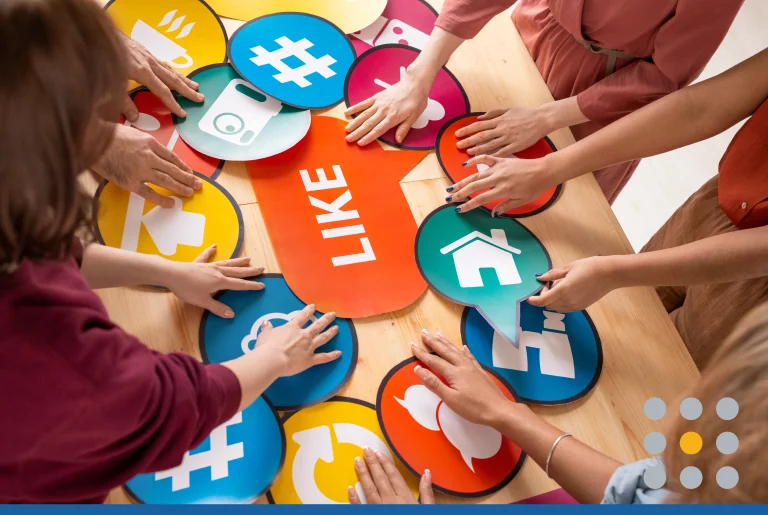What comes to mind when you hear the words graphic design? From brochures and flyers to magazines and newspapers to social media campaigns and websites, graphic design is everywhere. And thanks to modern-day technology, almost anyone can become a graphic designer if they have an internet connection. Even the smartphone in your pocket is a capable graphic design tool with apps and websites that can help you turn an idea into a fully realized design.
But with the different types of graphic design out there, it’s easy to lose sight of the purpose of graphic design, which is ultimately to communicate and solve problems. In a world without graphic design, the messages we’re exposed to daily would be less engaging, less helpful, and would require much more of our attention to make sense of it all.
So, what are the different types of graphic design? Here are six that you should know.
1. Marketing and Advertising
Graphic design has become synonymous with marketing and advertising. Ever since the term was coined in 1922, the two industries have used graphic design to pitch products to consumers every day. And, for the most part, it’s effective.
Many of the household brands you know today are some of the most successful marketers. They use graphic design to inform you about the products they make and entice you to buy them. Today, however, most marketing and advertising-based graphic design is done on computers versus the older, more analogue approach of cutting, pasting, and assembling.
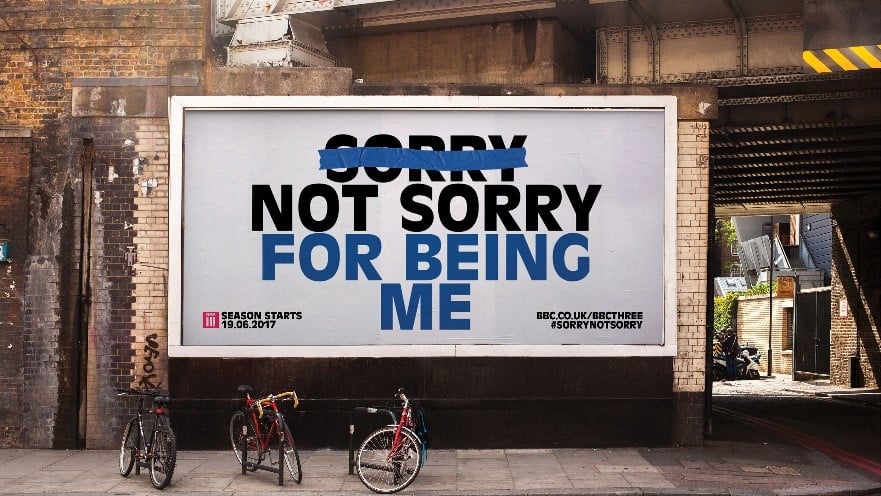
2. Branding
While the different types of graphic design can refer to many things, you’d be hard-pressed to discuss graphic design without getting into branding.
A pillar of marketing and advertising, branding has become the be-all of graphic design, and it encompasses just about everything. From magazine spreads to social media to the commercial that you just saw, branding helps companies communicate effectively to the consumer by establishing an identity. Branding is important because it can influence how people perceive a company and drive (or deter) business as a result.
For example, a company that sells eco-friendly cleaning supplies may use a leaf or other organic imagery to demonstrate their commitment to various causes. They hope that you’ll associate green living with what they have to offer. Brands like Nike have used imagery with great success. Most of us see the iconic “swoosh” and recognize the popular shoe company without even needing to see the name “Nike.” It’s all thanks to branding. And while branding is an umbrella term, graphic design is a big piece of the puzzle.
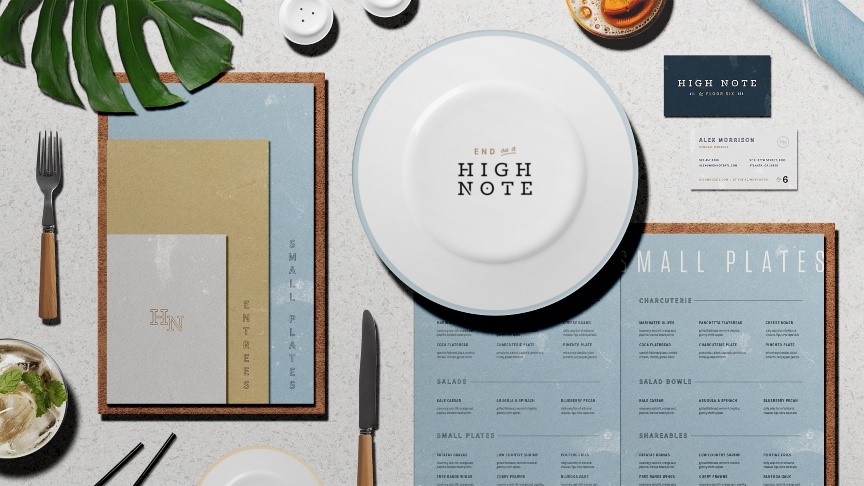
3. Usability
While this one isn’t technically a type of graphic design, it is a more recent trend worth noting. Usability is all about designing for the user and it’s something that’s more important than ever. Thanks to the variety of devices we use today (think smartphones, tablets, and the like) graphic design needs to lend itself to different platforms.
Today, graphic design goes beyond traditional graphics and is consumed on less-traditional platforms too. Take smart thermostats for example. While you likely don’t associate graphic design with your Nest, the graphics on the interface are used to communicate with the user. More so, the graphic designer who designed them had usability in mind.
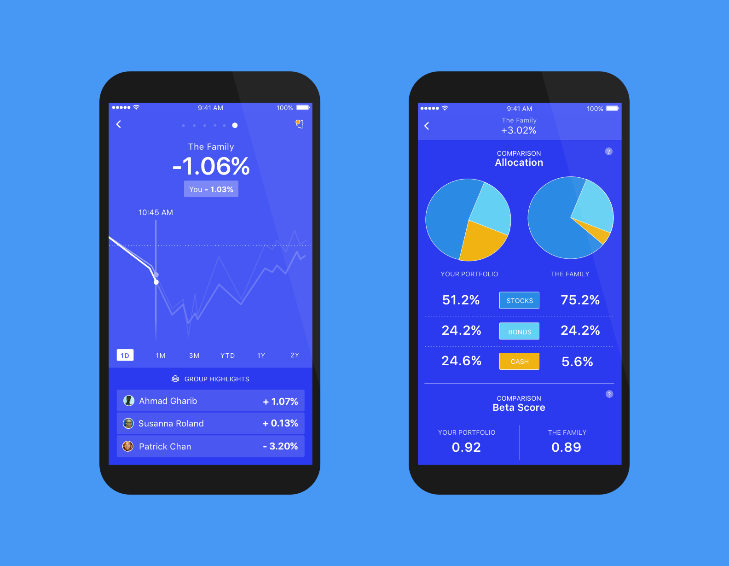
4. Labels and Packaging
Look at the various products around your home. Each one was in the hands of a graphic designer at one point. Every bottle, label, and even the box it comes in is the product of graphic design. This includes elements you might not even think about—like the nutrition labels on the foods we eat.
While a bad design may dissuade us from buying a product, a good design can create a sense of wonder as you open the packaging to reveal what’s inside. Just look at the explosion of “unboxing” videos on YouTube to see how packaging plays a role in customer interest.
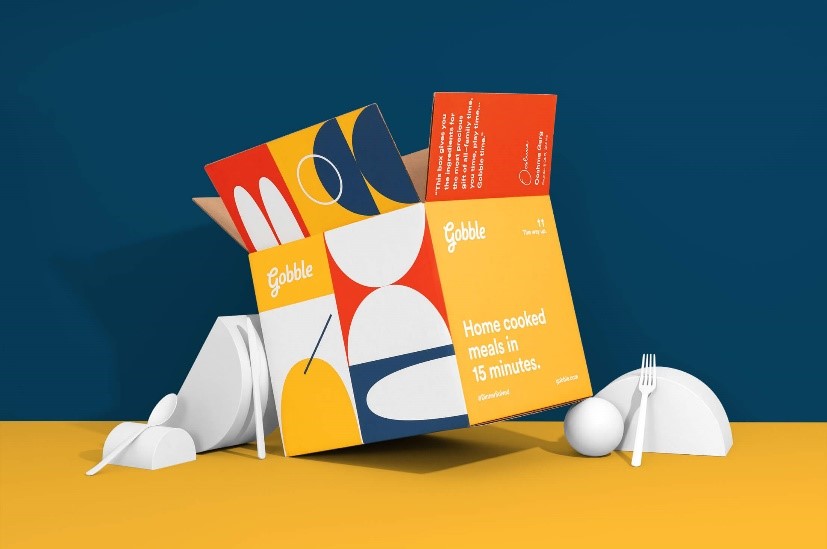
5. Web Design
By far the most popular type of graphic design today is web design. Every webpage on every website you look at has elements of graphic design. This includes the website itself, but also includes many of the on-page elements, like animations, illustrations, and a company logo.
Many popular apps and social media platforms we use daily are rooted in web design too. While these might not feel like traditional websites, how everything is presented is all graphics-based web design. Luckily, web design is easier than ever today. In just a few clicks, anyone can create a website and design a logo with little to no prior knowledge of graphic design tools or how to use them.
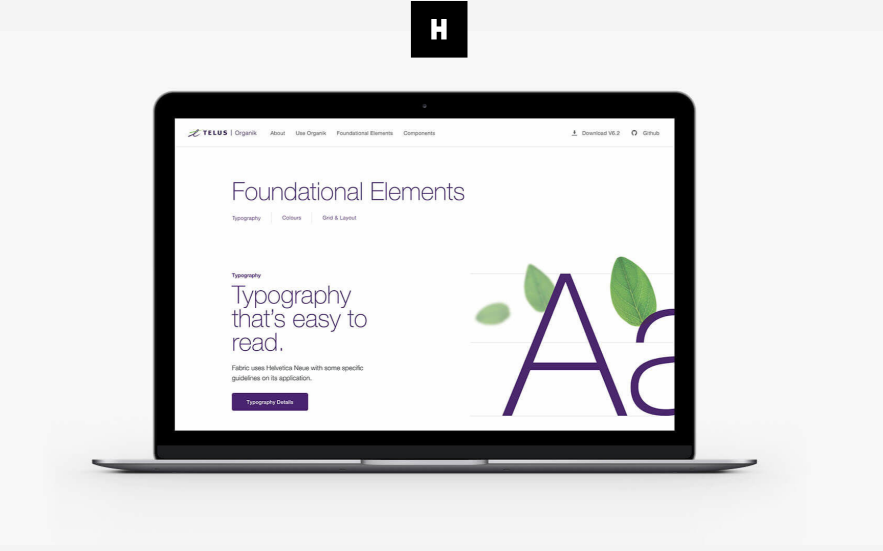
6. Print Design
The average user spends four hours a day online, but that doesn’t mean print is dead. Every day, books, newspapers, and magazines are printed and made accessible to readers around the world, and each page is designed by someone.
There are tons of other instances of print design too. Everything from the pen and pad of paper on your desk to your stack of business cards is an instance of print design. While many of these were likely created by a graphic designer, that’s not always the case. Thanks to resources like our business card maker, anyone can create a professional-looking business card.
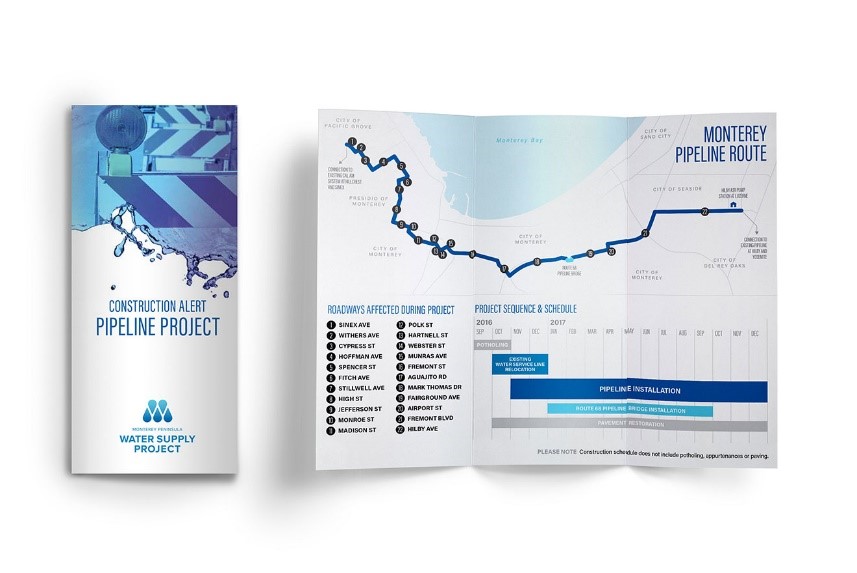
Graphic Design Is Easy with FreeLogoServices
You don’t have to know all the types of graphic design to know you need help designing your next website, logo, or business card. Whether you’re turning your side hustle into your full-time gig or have been in business for 20 years, FreeLogoServices can help you build your brand. Create the perfect logo for free, design unique business cards, create custom promotional products and more, quickly and easily with our online resources.
